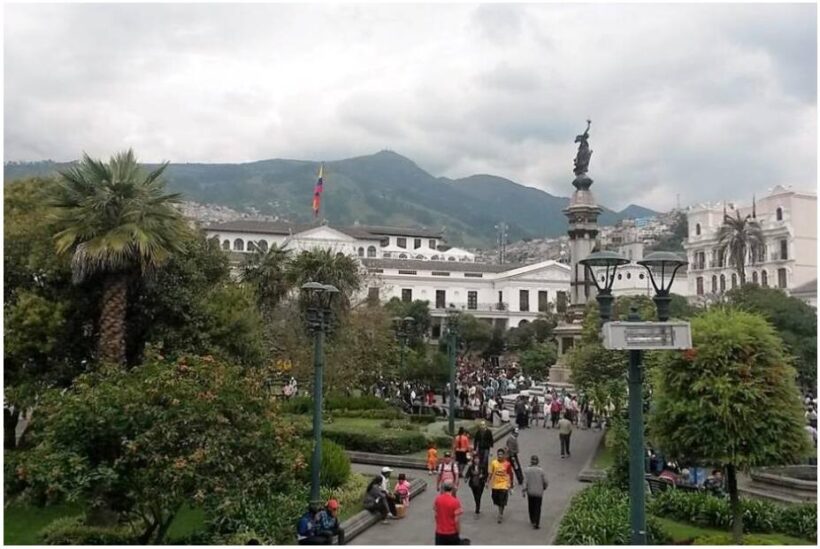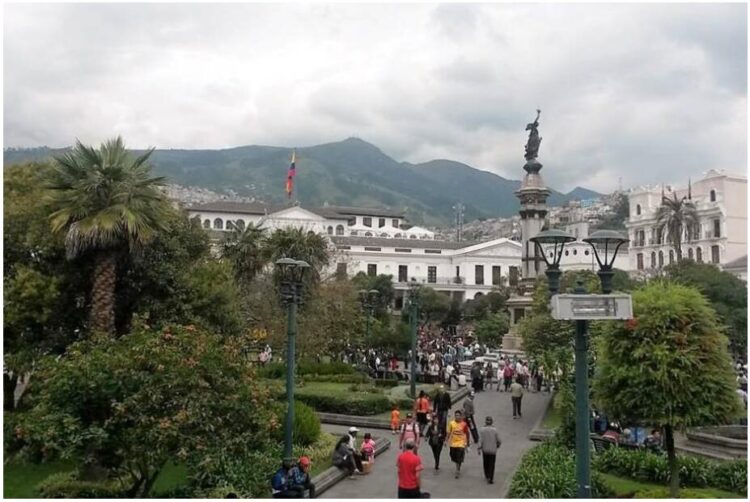Covid-19 in Ecuador
As a country located in northwestern part of South America according to commit4fitness, Ecuador is one of the countries hardest hit by the Corona crisis in the world. As of August 17, 2020, 100,688 confirmed infections and 6,065 deaths were reported for Ecuador . With 35.5 corona deaths per 100,000 residents, Ecuador recorded the seventeenth highest death rate in the world. On March 18, 2020, the government imposed an extensive curfew for the entire country. The national state of emergency applies until June 15, 2020. Ecuador gained notoriety mainly for the pictures of the dead on the streets of Guayaquil that went around the world at the end of April 2020. In Guayaquil, the country’s corona epicenter, the health authorities were completely overwhelmed by the large number of bodies. Some of the dead were left in houses or on the streets. Although the government used the army and police to provide support, the situation remained dire a month later. On May 19, President Moreno announced new measures to cut government spending. 4 billion euros are to be saved by reducing investments, reducing wages and salaries and closing (e.g. the state-owned airline TAME) and privatizing state-owned companies (e.g. the post office). The cut policy was on the agenda as part of the government’s neoliberal economic course, but was accelerated by the corona crisis and the rapid decline in the price of oil. While funds were made available to stabilize and reactivate the economy at the same time, the government’s austerity measures, especially the cuts in health and education, have met with increasing criticism. Protests broke out in numerous cities. Social organizations, students, trade unions and indigenous groups called for the government’s social cuts to be lifted. Despite the Corona measures in place, several unions had called for demonstrations. The protests were also directed against the planned reform of labor law. Like many other countries, the pandemic has had devastating consequences for the labor market. As of the beginning of August 2020, 289,000 people have lost their jobs since the beginning of the corona pandemic.
Protests and State of Emergency (October 2019)
In the first half of October 2019, Ecuador was paralyzed by a wave of protests against the government’s austerity policies. The serious unrest was triggered by the implementation of measures to reduce the high level of national debt as part of a structural adjustment program. The government had decided on this as a condition for a loan from the International Monetary Fund (IMF) in the amount of 4.2 billion dollars. At the end of September, Ecuador also announced that it would withdraw from the Organization of the Petroleum Exporting Countries (OPEC) in order to increase production volumes and generate more government revenues. The package of measures includes privatizations, cuts in vacation time for state employees, restrictions on occupational safety and security and, above all, provided for the removal of subsidies for gasoline and diesel, for which the state provides 1.4 billion dollars a year. The discontinuation of subsidies on October 1st made fuel prices more than double in some cases. Mass protests in numerous cities, nationwide roadblocks by protesters, a general strike, riots and looting, especially in Quito, were the result. One police station was on fire and in another incident, several police officers were arrested. The authorities reacted with counter-violence, so that the overall situation quickly escalated.
On October 3, the government declared a nationwide state of emergency, which should initially apply for 30 days. On October 12, President Lenín Moreno imposed a curfew on the city due to the ongoing protests in Quito. On the same day, protesters entered the audit office. According to eyewitness testimony, “a group of demonstrators attacked the building with Molotov cocktails, set fire to, and then broke into the building.” The headquarters of the Teleamazonas TV station and the El Mercurio newspaper were also attacked. A few days earlier, the Moreno had the seat of government from Quito to Guayaquil for security reasons relocated. CONAIE, one of the leaders of the protests, said it was not involved in any of the attacks. Shortly beforehand, the umbrella organization had shown itself ready to speak directly to the president. In a televised address, he had called for dialogue in view of the rampant violence. Shortly afterwards, CONAIE withdrew the offer to talk. Negotiations will only be possible if the decree canceling state fuel subsidies is canceled.
Der Spiegel analyzed: “First there were truck drivers and hauliers, then the indigenous people mobilized, meanwhile students, trade unionists and supporters of the former President Rafael Correa are also on the street. […] It is primarily about the increase in petrol prices The causes of the controversy in the South American country are deeper and have developed into a veritable state crisis. It is no longer just about unpleasant austerity measures by the heavily indebted state, which the population displeases, but about the head of Moreno. The demonstrators are throwing proposed to the 66-year-old to have surrendered his country to the IMF and thus to drive the population into financial and social hardship. ”
Finally, the protests had an impact. On October 13, Moreno and CONAIE representatives agreed in negotiations, which were televised, to withdraw the subsidy cuts for fuel. The conversation was initiated by the United Nations and the Catholic Church. CONAIE then called for an end to the protests. A total of seven people were killed, 1,340 injured and 1,152 arrests were made during the riots.

